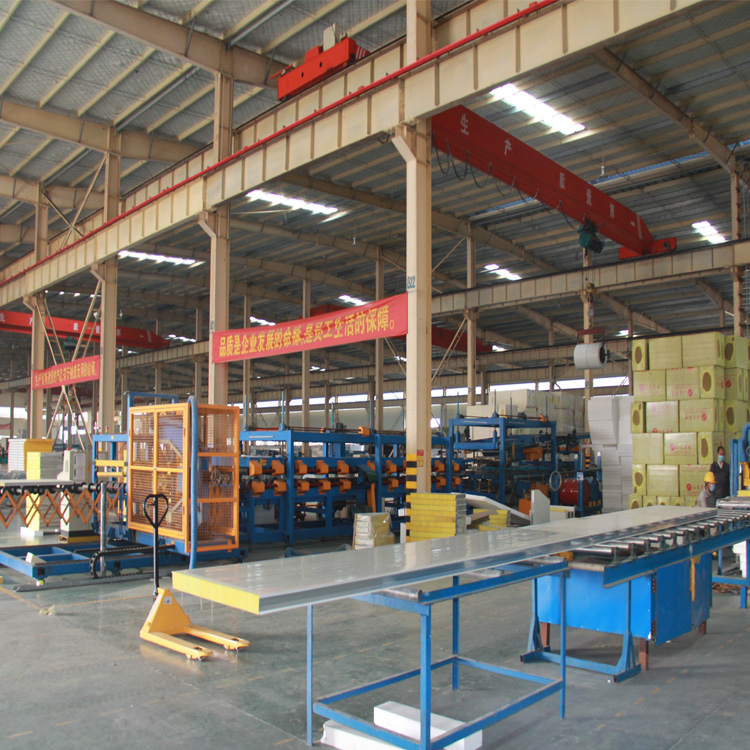Production technology of galvanized coil
In the appearance of galvanized steel sheet, cold-rolled steel sheet with cold hard coil slightly concealed is superior to cold-rolled steel sheet in surface quality, structure and dimensional accuracy. In terms of performance, the cold-rolled steel plate obtained directly from the hot-rolled steel plate by the cold rolling process undergoes work hardening during the cold rolling process, resulting in the increase of yield strength and part of residual internal stress. This kind of cold-rolled steel plate is called cold-rolled steel plate because its external performance is relatively "hard" cold-rolled coil (annealed state): the cold-rolled coil is obtained by bell type annealing before winding. After annealing, the work hardening and internal stress are eliminated (greatly reduced), i.e. the yield strength is reduced to close to that before cold rolling
Generally, the default delivery status of cold rolled coil is annealed. Most steel is now sold as coil. After purchasing coil materials, enterprises need to open the coil first, which is widely used in the automobile industry. Of course, many auto industry outsourcing uncoiler process, factory directly use uncoiler plate.

In order to ensure that the yield strength, tensile strength, elongation, hardness and other mechanical properties of various stainless steel coils can meet the requirements, the stainless steel coils must undergo annealing, solution treatment, aging treatment and other heat treatment before delivery. The corrosion resistance of stainless steel plate mainly depends on its alloy composition (chromium, nickel, titanium, silicon, aluminum, etc.). )And stainless steel plate internal structure. Chromium plays a major role. Chromium has high chemical stability, can form passivation film on the steel surface, isolate the metal from the outside, protect the steel plate from oxidation, and improve the corrosion resistance of the steel plate. After the passive film was damaged, the corrosion resistance decreased.
The alloy element has the most remarkable strengthening effect on the steel in the quenching and tempering state, because it makes full use of all four strengthening mechanisms. Martensite is formed in the quenching process and carbide is precipitated in the tempering process, which leads to the strengthening of the second phase and greatly improves the toughness. Therefore, obtaining martensite and tempering is the most economical and effective comprehensive strengthening method. When alloy elements are added to the steel, the main purpose is to improve the hardenability of the steel and to ensure that martensite can be easily obtained during quenching. Secondly, the tempering stability of the steel is improved, the martensite is kept at a higher temperature, and the carbide precipitated in the tempering process of hardened steel is finer, more uniform and more stable. In this way, alloy steel has higher strength than carbon steel under the same conditions.
